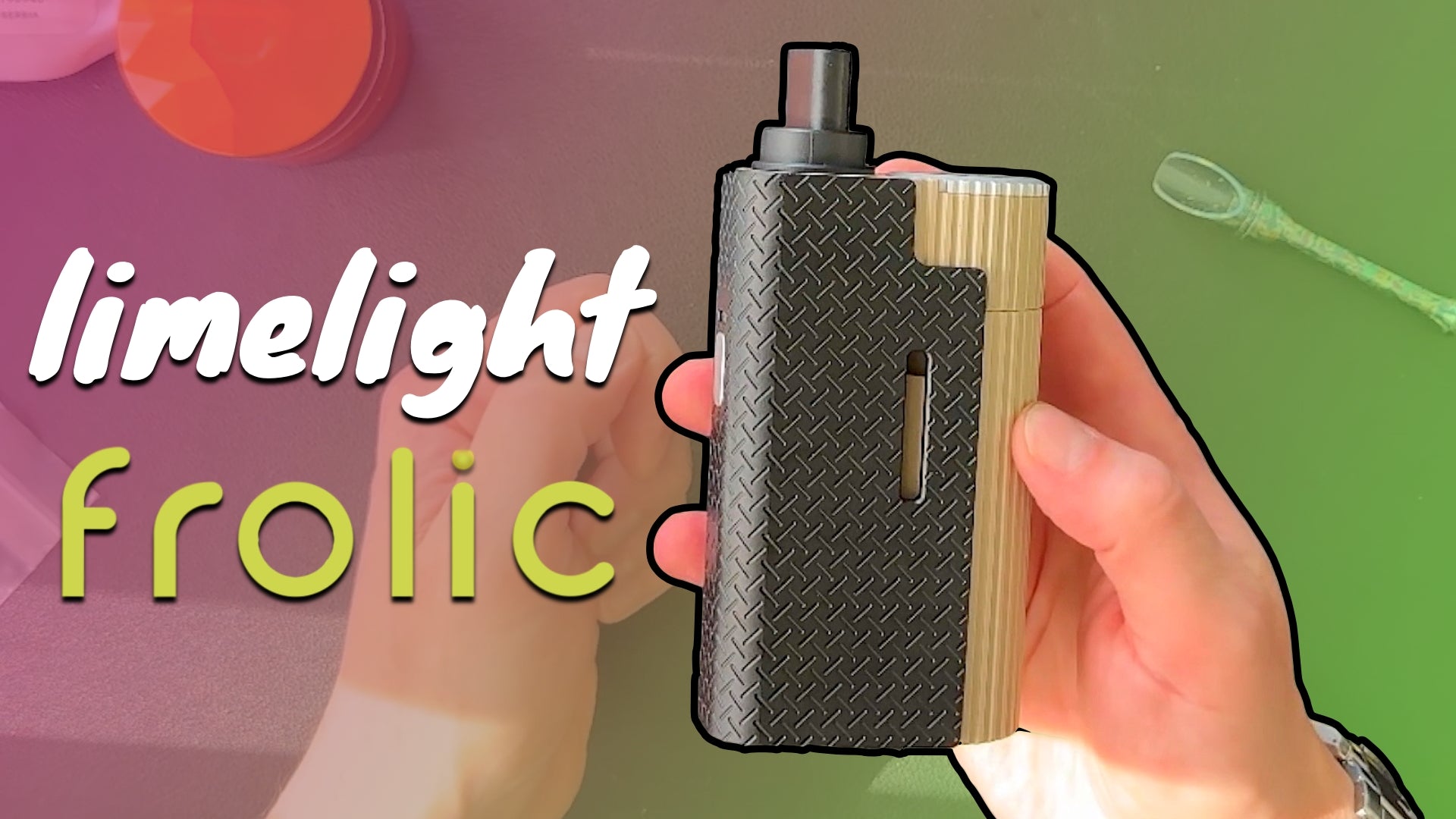
How To Safely Heat Isopropyl Alcohol for Cleaning Cannabis Vaporizers
, by Sneaky Pete, 4 min reading time

, by Sneaky Pete, 4 min reading time
Switching from room temperature to warm ISO has completely changed my cleaning routine. The results are faster, more effective, and way less frustrating. If you haven’t tried it yet, I highly recommend giving it a shot. Just remember to follow the safety tips—ISO is highly flammable, so handle it with care.
Warm ISO makes cleaning faster and easier, but it must be done carefully. Here’s how to heat ISO with simple water baths, avoid dangerous methods, and reuse it to save money while keeping your gear spotless.
Warm liquids clean more effectively than cold ones — ISO is no different. At room temp, it works fine, but warmed ISO cuts through resin like a hot knife through butter. The catch: it’s highly flammable, so you must heat indirectly and safely.
Microwaving alcohol is a hazard. Uneven heating + flammable vapours = unnecessary risk. Skip it.
Never place ISO near a flame, lighter, gas stove, or glowing coil. Even residual vapour can ignite.
Fill a cup with the hottest tap water, place the sealed ISO inside, and let it warm briefly.
Heat water to just below boiling, turn off the burner, remove the pot, then add your sealed ISO container. Never place it while the burner is on.
Drop stems, screens, or mouthpieces directly in warmed ISO. Shake or soak briefly, then rinse with warm water.
Pour warmed ISO into your water pipe with stoppers in place. Shake gently for 20–40 seconds, then rinse thoroughly.
After a clean, ISO may look slightly golden but still works. Filter out solids and store sealed for another round. Once it turns dark or leaves film, it’s time to replace.
Yes, if you heat indirectly (sealed container in hot water) and keep flames or sparks far away.
Steaming hot — not boiling. A couple minutes in hot water is all it takes.
No, microwaving ISO is unsafe. Always use a water bath.
Yes. If lightly tinted, strain and reuse. When it’s very dirty or sticky, replace it.
Borosilicate glass handles it fine. Avoid combining extreme temps (hot ISO into cold glass).



